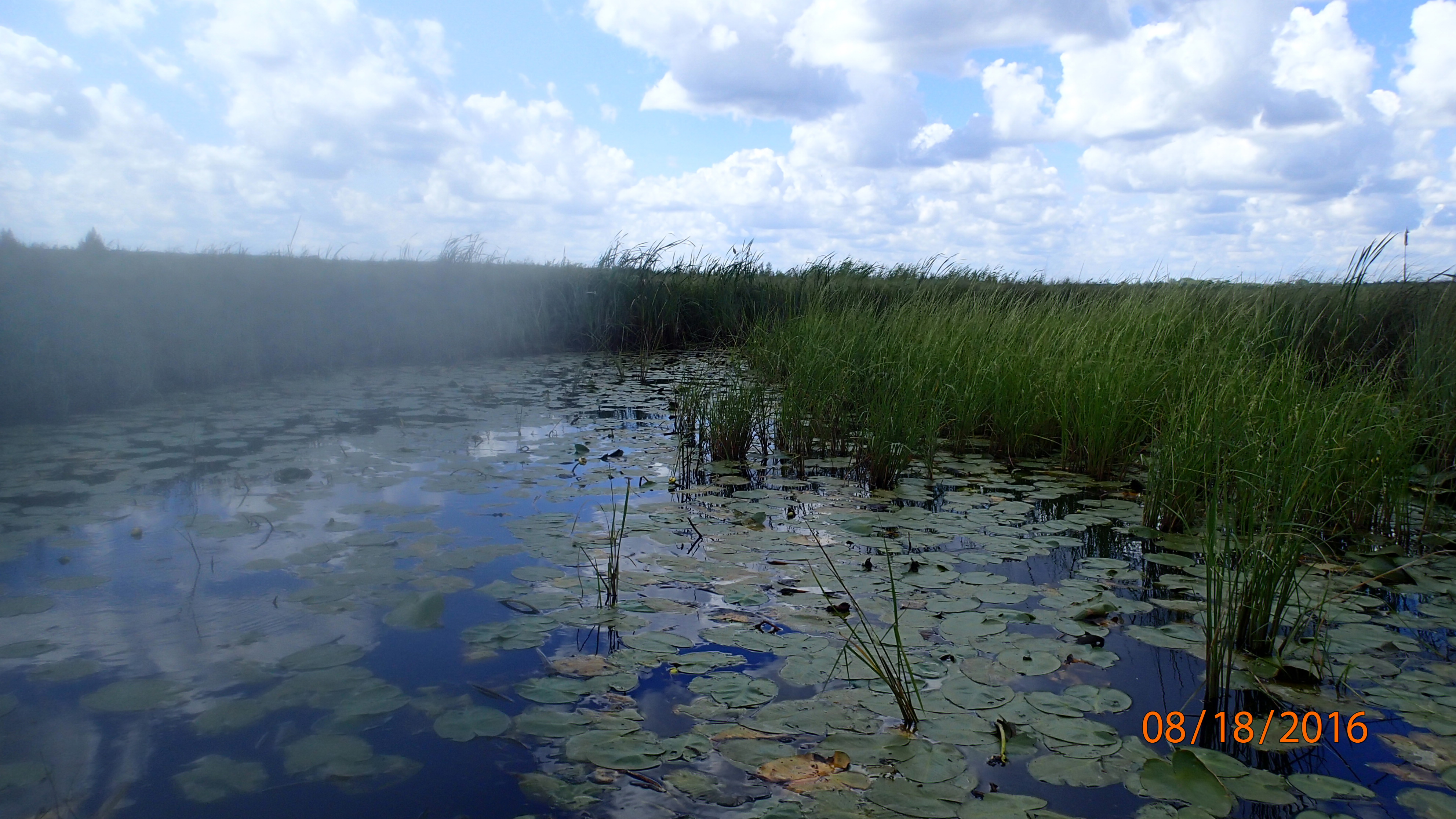
5.86 Miles
0 - 5.86
Cool-Warm Mainstem, Cool-Warm Headwater
2023
Excellent
Marinette
No
No
No
Fish and Aquatic Life
Overview
The Upper Inlet is a major warmwater tributary at the east end of Lake Noquebay which has not been a significant source of nutrients or sediment.
Date 2011
Author Gregory Sevener
General Condition
Upper Inlet (WBIC 530100) was assessed during the 2018 listing cycle; new total phosphorus and biological (fish Index of Biotic Integrity (IBI) scores) sample data were clearly below the 2018 WisCALM listing thresholds for the Fish and Aquatic Life use. This water was meeting this designated use and was not considered impaired.
Date 2017
Author Ashley Beranek
Condition
Wisconsin has over 84,000 miles of streams, 15,000 lakes and milllions of acres of wetlands. Assessing the condition of this vast amount of water is challenging. The state's water monitoring program uses a media-based, cross-program approach to analyze water condition. An updated monitoring strategy (2015-2020) is now available. Compliance with Clean Water Act fishable, swimmable standards are located in the Executive Summary of Water Condition in 2018. See also the 'monitoring and projects' tab.
Reports
Recommendations
Water Quality Planning
Encourage the continuation of the AIS coordinator position at the county level or the elements of that position at the County level
Monitor Fish Community
Conduct macroinvertebrate surveys and fish surveys on Upper Inlet.
Management Goals
Wisconsin's Water Quality Standards provide qualitative and quantitative goals for waters that are protective of Fishable, Swimmable conditions [Learn more]. Waters that do not meet water quality standards are considered impaired and restoration actions are planned and carried out until the water is once again fishable and swimmable
Management goals can include creation or implementation of a Total Maximum Daily Load analysis, a Nine Key Element Plan, or other restoration work, education and outreach and more. If specific recommendations exist for this water, they will be displayed below online.
Monitoring
Monitoring the condition of a river, stream, or lake includes gathering physical, chemical, biological, and habitat data. Comprehensive studies often gather all these parameters in great detail, while lighter assessment events will involve sampling physical, chemical and biological data such as macroinvertebrates. Aquatic macroinvertebrates and fish communities integrate watershed or catchment condition, providing great insight into overall ecosystem health. Chemical and habitat parameters tell researchers more about human induced problems including contaminated runoff, point source dischargers, or habitat issues that foster or limit the potential of aquatic communities to thrive in a given area. Wisconsin's Water Monitoring Strategy was recenty updated.
Grants and Management Projects
Monitoring Projects
| WBIC | Official Waterbody Name | Station ID | Station Name | Earliest Fieldwork Date | Latest Fieldwork Date | View Station | View Data |
|---|
| 530100 | Upper Inlet | 10058222 | Lake Noquebay Upper Inlet | 9/11/2023 | 9/22/2023 | Map | Data |
| 5526291 | Unnamed | 10058222 | Lake Noquebay Upper Inlet | 9/11/2023 | 9/22/2023 | Map | Data |
| 530100 | Upper Inlet | 10043487 | Upper Inlet - DS of Lk Noquebay WA Dike adjacent to water level control structure | 1/1/2015 | 11/8/2022 | Map | Data |
| 525900 | Lake Noquebay | 10058222 | Lake Noquebay Upper Inlet | 9/11/2023 | 9/22/2023 | Map | Data |
| 530100 | Upper Inlet | 10047149 | Upper Inlet 30 meters US CTH X | 1/1/2015 | 10/3/2016 | Map | Data |
|

Watershed Characteristics
Upper Inlet is located in the Middle Inlet and Lake Noquebay watershed which is 155.58 mi². Land use in the watershed is primarily forest (45%), wetland (34.60%) and a mix of agricultural (8.80%) and other uses (11.50%). This watershed has 145.85 stream miles, 3,254.49 lake acres and 28,278.00 wetland acres.
Nonpoint Source Characteristics
This watershed is ranked Not Ranked for runoff impacts on streams, High for runoff impacts on lakes and Medium for runoff impacts on groundwater and therefore has an overall rank of Medium. This value can be used in ranking the watershed or individual waterbodies for grant funding under state and county programs.However, all waters are affected by diffuse pollutant sources regardless of initial water quality. Applications for specific runoff projects under state or county grant programs may be pursued. For more information, go to surface water program grants.
Upper Inlet is considered a Cool-Warm Mainstem, Cool-Warm Headwater under the state's Natural Community Determinations.
Natural communities (stream and lake natural communities) represent model results and DNR staff valiation processes that confirm or update predicted conditions based on flow and temperature modeling from historic and current landscape features and related variables. Predicated flow and temperatures for waters are associated predicated fish assemblages (communities). Biologists evaluate the model results against current survey data to determine if the modeled results are corect and whether biological indicators show water quaity degradation. This analysis is a core component of the state's resource management framework. Wisconsin's Riverine Natural Communities.
Cool (Warm-Transition) Headwaters are small, sometimes intermittent streams with cool to warm summer temperatures. Coldwater fishes are uncommon to absent, transitional fishes are abundant to common, and warm water fishes are common to uncommon. Headwater species are abundant to common, mainstem species are common to absent, and river species are absent.